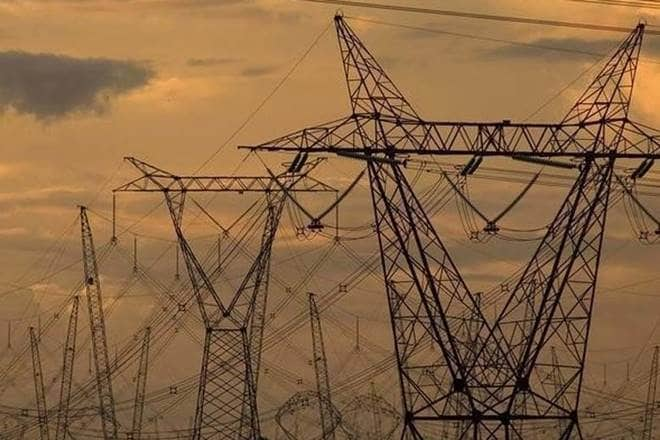In spite of the country’s installed power generation capacity (357 GW) being almost twice the peak demand levels (183 GW), daily average electricity supply duration in rural areas are below 20 hours in as many as 10 states. Among major states, Haryana villages receive 15.64 hours of daily average power supply, while rural Jharkhand, Uttar Pradesh and Karnataka get electricity for 17.71 hours, 17.79 hours and 18.74 hours, respectively.
Gujarat, Himachal Pradesh, Kerala, Maharashtra, Punjab, Tamil Nadu and West Bengal claims to supply round the clock power to their villages, according to a response by power minister RK Singh to a question tabled in Parliament on Thursday. Rural Jammu and Kashmir gets 14.25 hours of electricity— the lowest in the country.
All 36 states/UTs have signed ‘Power for All’ (PFA) agreements with the Union government between 2014 and 2017. Andhra Pradesh, where average rural supply duration is 23.90 hours, was the first state to sign the agreement. Uttar Pradesh, which was the last to sign the agreement, planned 24-hour supply across all areas by October 2018.
Also read: Telecom majors raise concerns over steep spectrum pricing, ask govt for relook
Electricity is a concurrent subject and distribution of electricity and management of associated functions are carried out by the state governments concerned and their power distribution companies (discoms).
Experts put the blame on the weak finances of the discoms, which could not build adequate infrastructure to supply electricity round the clock. The addition of 2.5 crore new household connections through the Saubhagya scheme seems to have exacerbated the situation.


